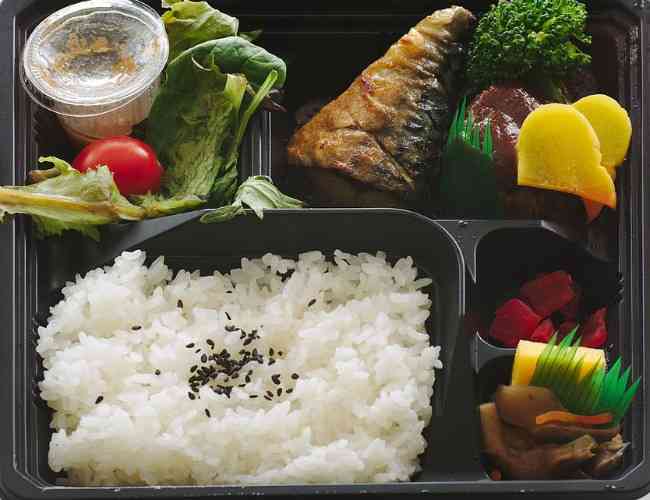Let’s be honest: Content marketing can feel like a chore. Generating deep and meaningful branded content on an ongoing basis is hard work. Sometimes you can’t think of a single idea worth sharing.
I feel the same way about school lunches. It’s exhausting to come up with nutritious, delicious and fun lunch ideas for your child five days a week.
Don’t get me started on aesthetics, either. My third grader’s lunch would be deemed woefully inadequate in Japan, where parents may spend hours on bento boxes that are meticulously arranged to look like popular characters or designs.
Yet it is precisely this coming-together of multiple small morsels that makes bento so appetizing. For companies struggling to come up with a steady flow of content, there are important lessons to be learned.
Stop Supersizing Your Content
The original 32-ounce Big Gulp came out in 1976 and seems small compared to today’s supersized portions. (Is it even possible to consume a 52-ounce X-Treme Gulp in a single sitting without getting a splitting headache?)
For many people, having to sort through dense online content can trigger the same type of pounding headache. That’s because content, like food, is better served in small, nutrient-dense portions. Moreover, most people have an attention span of eight seconds. That’s one second less than the attention span of a goldfish.
Does this mean that big ideas are over? Is in-depth analysis dead?
Thankfully, the answer is no. Big ideas are what change the world. But as a content marketer, you may need to rethink your approach. Already swimming in too much data, most people can’t process more information than they are getting now.
If you really want to stand out, give people what they want: digestible bits of high-quality, relevant content. It’s the difference between a carefully prepared bento box and a heaping plate of nachos (which are totally okay…every once in a while!).
Capture Attention with Bite-Size Morsels
The process of taking a single, strategic piece of content and adapting it for different audiences across multiple platforms is sometimes called “content atomization,” or “content recycling.”
Repurposing your content into bite-size digestible pieces of information allows you to reach a broader audience over a longer period of time. Basically, you get a bigger bang for your content marketing buck.
CASE EXAMPLE: Working for an industrial products company, The Galvanizing Group researched and wrote a 2,500 word feature article that was published in a leading industry trade journal. We then produced a short video illustrating the points in the article and uploaded it to the company’s YouTube channel. Next, we used the full-length article to create three SEO-optimized blog posts between 500 and 750 words long. We also used data and imagery from the original article to create an infographic that we shared across the company’s social media platforms. Finally, we took the comments and questions generated by the article and blog posts and used them as the basis of a company newsletter. In all, we turned a feature-length article into more than a dozen different pieces of content that we published over the course of nine months.During that time, the company’s search engine rankings rose dramatically for key competitive search words which helped open new distribution channels.
Adopt a Bento Mindset
Great content marketing is like a well-prepared bento box. It is healthy (no unnecessary additives or fillers); satisfying (fills you up but doesn’t leave you feeling bloated); and precise (there is an overall vision). Designed to feed the stomach as well as the eye, bento boxes are also beautiful (i.e., visuals matter).
Importantly, the bento maker—like the content developer—finds success when he or she has an overall vision and executes against a strategic plan. Only then does the whole becomes larger than the sum of its parts.
###
Whether you are a curious content marketer and/or a parent desperately looking for new school lunch ideas, check out “Maki’s Top 10 Bento Rules.”
Photo Credit: By Dllu (Own work) / CC BY-SA 4.0, via Wikimedia Commons

